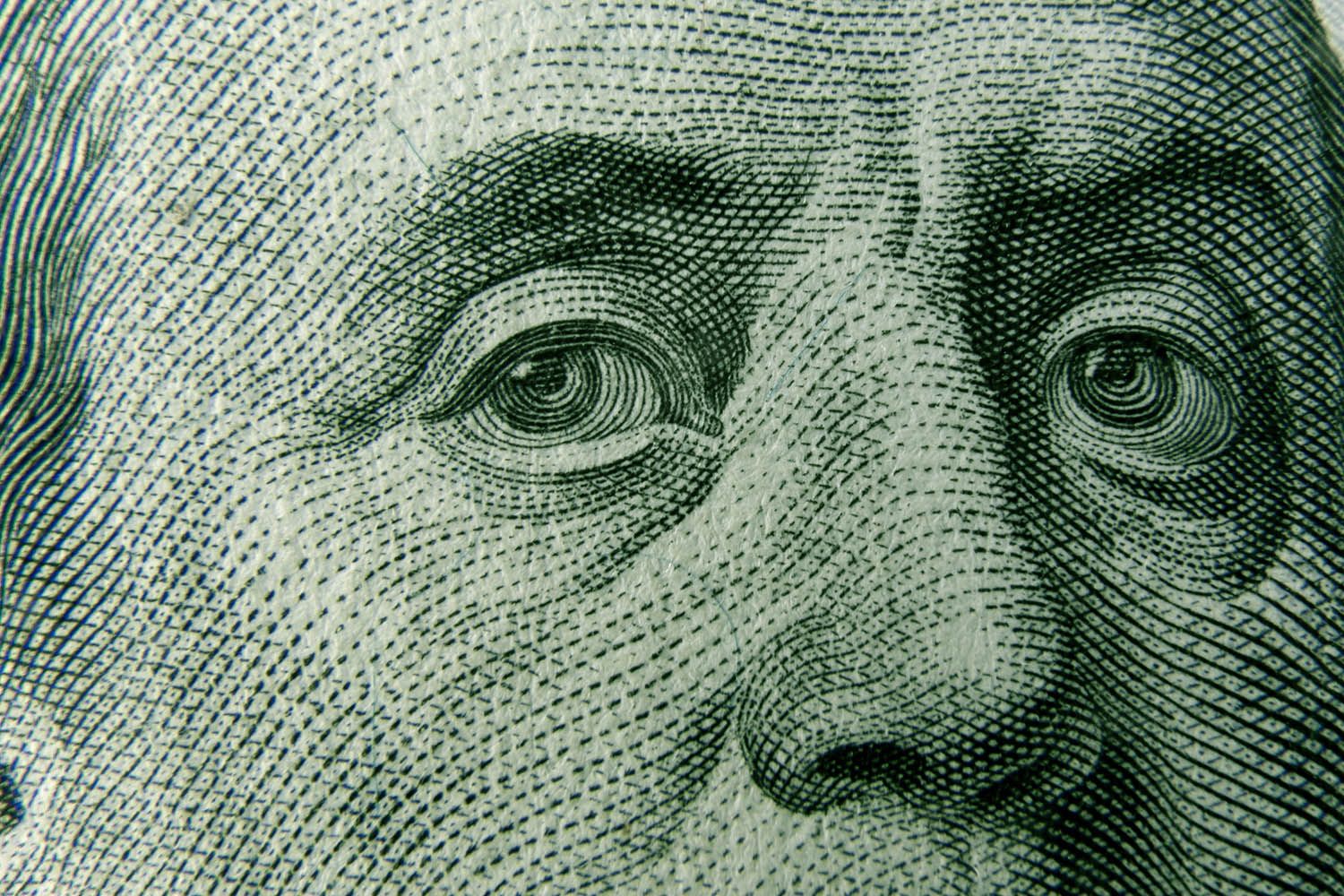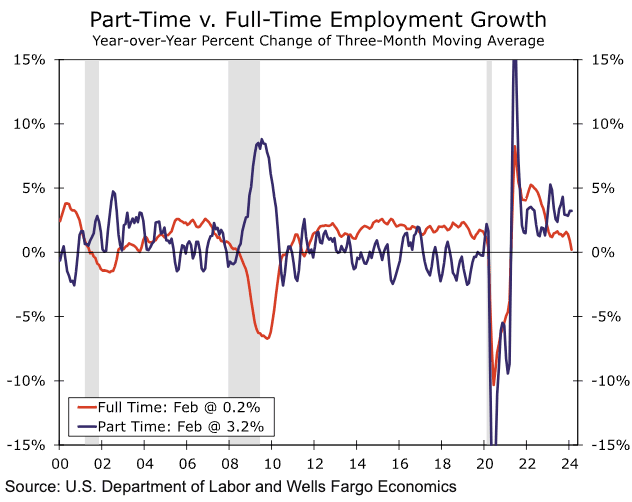Pound Hits 7-month High Against Dollar On U.S. Wage Slowdown
- Written by: Gary Howes
-

Image © Adobe Images
The Dollar was sold after it was reported wages in the U.S. cooled sharply in February, raising the prospect of a mid-year interest rate cut at the Federal Reserve.
The non-farm payroll report showed the U.S. economy filled 275k new jobs in February, easily surpassing the 200k expected, an outcome which should have boosted the Dollar.
However, the devil is in the details, and the Pound to Dollar exchange rate rallied to its highest level in seven months at 1.2893 after the BLS revised down the figures for the previous two months by a sizeable 167k.
Furthermore, the U.S. unemployment rate rose to 3.9% from 3.7% previously, surpassing expectations for 3.7%, suggesting more people are entering the workforce, which can weigh on wages.
Indeed, it was the wage growth figures that really got the market moving as wage growth slowed to 0.1% month-on-month after a large 0.5% monthly gain in January (which itself is a downward revision). The market was looking for a reading of 0.3%.
Live GBP/USD Money Transfer Exchange Rate Checker | ||
Live Market Rate: | get quick quote | |
Corpay: | ||
Banks: Median Low | ||
Banks: Median High | ||
These data are based on the spread surveyed in a recent survey conducted for Pound Sterling Live by The Money Cloud. | ||
"Markets have really turned their back on the dollar this week: served an appetizer of weaker services PMI data, before the main course of Powell's testimony in which he kept the door open for rate cuts this year. Even the headline Non-Farm Payroll number beating market expectations with 275,000 jobs added was not enough to salvage dollar sentiment. This in part because the average hourly earnings were below expectations," says Joe Tuckey, Head of FX Analysis at Argentex Group PLC.
The annual rate of wage growth slowed to 4.3% from 4.5% in January, which is below the 4.4% the market expected.
Cooling wage pressures suggest demand in the U.S. economy will fall to match supply, which implies falling inflation rates, something the Federal Reserve wants to see before cutting interest rates.
Above: GBPUSD at daily intervals showing the break to levels last seen in July 2023. Track GBP and EUR with your own custom rate alerts. Set Up Here
Appearing before U.S. lawmakers this week, Fed Chair Jerome Powell said, "we’re not far" from a situation where he and his colleagues are confident inflation is falling to the 2.0% target. These data will add credibility to this assessment.
Ahead of the data the Dollar was already under pressure as a recent run of softer-than-expected data from the U.S. prompted markets to raise bets the Fed will be in a position to cut interest rates in mid-year. This narrative can offer further Pound-Dollar upside over the coming weeks, particularly if next week's inflation report shows further cooling in inflation.
Above: The quality of work being created is deteriorating.
The quality of the jobs being created is also of interest, with economists noting continued declines in temporary help workers, an increase in part-time workers and an increase in permanent role losses.
"These downbeat elements of today's report come amid other signs of jobs market softening, such as small business hiring plans falling back to the lowest levels since 2016 and a rising number of layoff announcements, according to the Challenger data. We expect to see payroll growth downshift in the months ahead as a result," says Sarah House, an economist at Wells Fargo.
"The upshot is that these signs point to a further moderation in inflation as 2024 progresses," she adds. "There should be enough progress in the months ahead that the FOMC feels comfortable beginning the process of cutting the fed funds rate at some point in the May-July window."





